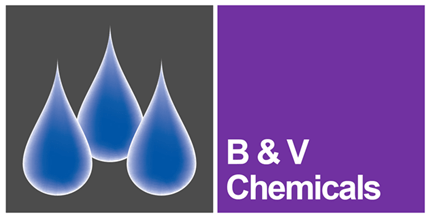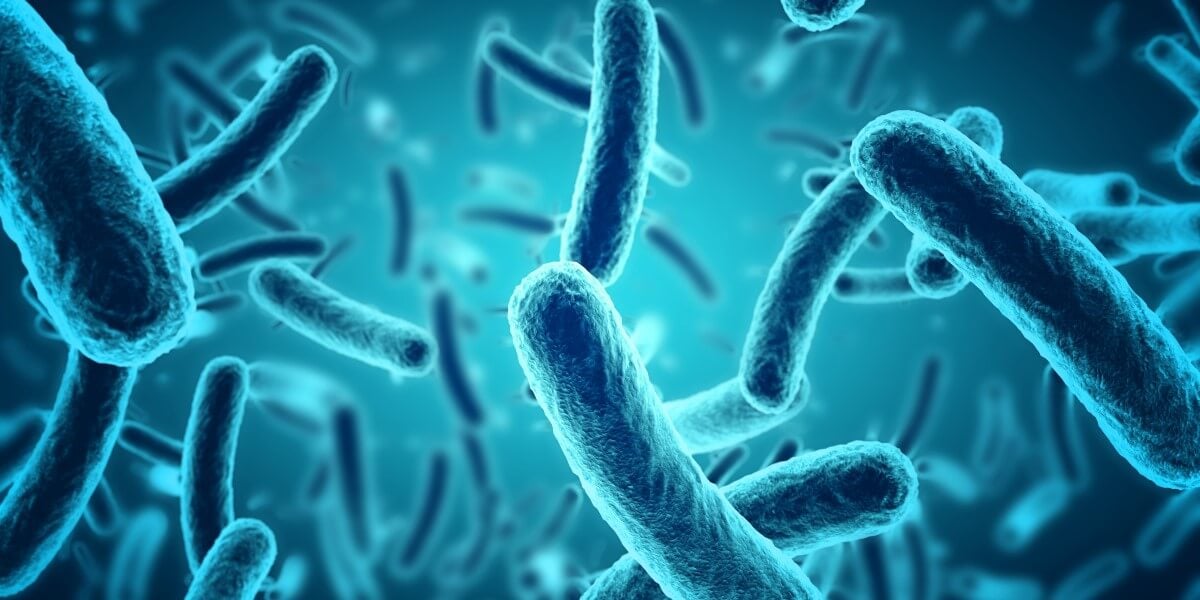Editors note: This blog post was originally published in January 2020 but has since been updated for accuracy and relevancy.
Water microbiology is the study of the micro-organisms that live in water, such as bacteria, fungi, yeast, viruses, protozoa and algae.
In the water treatment industry, bacteria is the main micro-organisms of concern as some bacteria can be harmful to humans. If bacteria is allowed to grow, it can also reduce the efficacy of your water systems over time, which can have significant financial implications for your business.
In this blog post, we explore how bacteria grows in water systems and the specific problems that can arise as a result.
How bacteria grows in water systems
Bacteria can use many compounds as a food source. Specific strains of bacteria can metabolise anything from organic material to sulphate and even cyanide.
The level of oxygen in a system will also affect the type of bacteria that can grow. Some bacteria require the presence of oxygen for growth (aerobic bacteria) and others will only grow in the complete absence of oxygen (anaerobic bacteria).
The temperature of a particular water system will also determine what bacteria can grow. Most bacteria grow optimally between 15oC to 40oC, but some less common types of bacteria can grow at temperatures as low as 5oC and as high as 60oC.
Types of bacteria that can grow in water systems
The types of bacteria most commonly found in water systems are:
- Non-tuberculous mycobacteria (NTMs) - these organisms can cause serious health issues such as pulmonary and lymphatic disease and skin ulcerations.
- Legionella pneumophila - the bacteria responsible for the potentially fatal Legionnaires' disease.
- Pseudomonas aeruginosa - an opportunistic pathogen that can infect ears, skin, eyes and in some cases cause pulmonary disease.
- E. Coli - a nasty bacteria that can cause nausea, vomiting, abdominal pain and diarrhoea.
- Campylobacter jejuni - drinking water infected with this bacteria can lead to cramping, diarrhoea, fever and pain.
- Hepatitis A - a serious infection causing symptoms of jaundice, dark urine and stomach pain.
- Giardia lamblia - a waterborne parasite that causes nausea, cramps, gas and diarrhoea.
- Salmonella - a common pathogen that can cause chills, fever, headaches and diarrhoea.
- Cryptosporidium - a parasite that can cause severe pain and diarrhoea.
Problems associated with bacterial growth
There are a number of problems associated with bacterial growth in the water treatment industry. Some of the most common problems, and the ones we focus on in this blog post, are:
- Biofilm formation leading to under deposit corrosion.
- Biofilm formation leading to interference with heat transfer and fluid flow.
- Indirect and direct microbiologically induced corrosion (MIC).
Other issues include taste and odour problems, the proliferation of Legionella bacteria, and the growth of pathogenic (potential disease-causing) bacteria.
1. Biofilm formation leading to under deposit corrosion
When the free-swimming bacteria in a system rises to more than 10,000 per ml, the likelihood that a biofilm will form is greatly increased.
The first step in the formation of a biofilm is the adherence of individual bacteria cells to a surface, such as the interior of a pipe. As bacteria reproduce by binary fission (dividing in two), one bacterial cell soon develops into a colony of bacteria on the surface. The bacteria also produce a glue-like substance (exopolysaccharide) which covers the bacterial cells and protects them from the effects of biocides.
2. Biofilm formation leading to interference with heat transfer and fluid flow
Biofilm is the second greatest insulator after silica scale, and a build-up of biofilm on heat transfer surfaces will adversely affect heat transfer efficiency, resulting in increased energy usage. A build-up of biofilm can also block pipework and strainers, restricting fluid flow within a system.
3. Indirect and direct microbiologically induced corrosion (MIC)
For a corrosion inhibitor to work effectively, there has to be contact with the metal surface. A layer of biofilm on the internal surface of a pipe, for example, will prevent the corrosion inhibitor from contacting the metal. Corrosion can, therefore, occur underneath a layer of biofilm.
The fact that bacteria can also consume essential components of corrosion inhibitor formulations, such as nitrite, may lead to corrosion occurring, particularly within closed-circuit systems. Both of these are examples of indirect microbiologically induced corrosion. Certain bacteria, such as Sulphate-reducing bacteria (SRB), will grow in the absence of oxygen (anaerobic growth). An ideal place for the growth of SRB is underneath a biofilm where oxygen is generally unavailable. One of the end products of the metabolism of SRB is hydrogen sulphide, which can be converted into sulphuric acid by sulphide oxidising bacteria. The production of sulphuric acid by these bacteria will cause corrosion of metal surfaces.
Here is an example of Direct MIC on the inner surface of closed circuit pipework:
Controlling bacterial levels in water systems
Bacteria levels within water systems can be controlled in two main ways: through the addition of biocides, and with temperature control. Our technical team are on hand to help you understand the best treatment regime for your water system.
The growth of bacteria can be extremely problematic in many areas of water treatment. It is important to ensure that microbial numbers are under control in systems including drinking water, down water services, process waters, closed circuits, recreational waters and open cooling systems.






